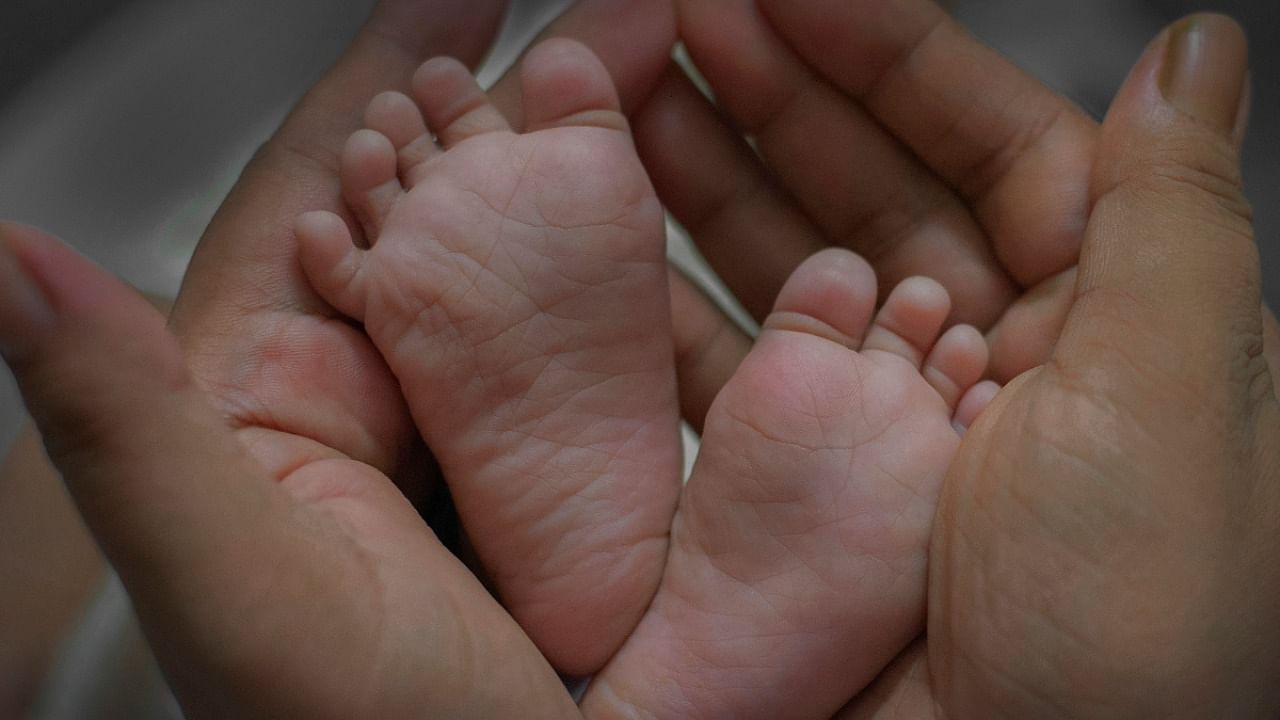
India will celebrate the National Girl Child Day on January 24. A wonderful thought, as long as it does not become another meaningless ritual. Every girl born in this country should feel wanted, nurtured and eagerly awaited. But how can this be possible when their mothers are blessed with the prayer “May you be the mother of a hundred sons” during their marriage ceremony itself? Even before entering this world, if a girl child is treated as a liability, she will grow up unwanted and neglected.
It is not surprising that the girl child in India continues to be the victim of outmoded customs and traditions that set her back socially and economically. In a one billion-plus population, of which women constitute 48%, it’s a miniscule minority that is sufficiently educated to think progressively. While an educated son becomes the future breadwinner for his family, the value of educating girls cannot be measured in numerical terms. Its economic returns, its social implications and its range of benefits is mindboggling.
The educated girl child not only earns money for her own children later, but she raises them with concern for their nutrition, health and mental wellbeing. No wonder it is said that if you educate a woman, you educate a family, a society or even a country. The girl child, considered a drain on the family resources at one time, is actually a precious resource herself. Despite these truths, why this colossal discrimination against her in all walks of life? In societies where parents are financially, educationally and socially backward, such discrimination starts in early childhood itself when the male children are given first helpings with their father during meals, while the girls eat the leftovers with their mother. In such societies, especially in semirural areas, boys may be sent to school while girls are expected to do household chores, besides looking after infant siblings.
We have to think of rural India in these conversations, since 66% of our population lives there. Although there is no guarantee that the education of a girl child is high on the list of parents’ priorities in cities either when the parents are daily wage earners without a steady income. They would much rather take a loan to marry off their daughters than spend money on schools. Even among families where children are sent to school, their education ends abruptly when the parents run into financial problems or suffer illness. No wonder initiatives like mid-day meals are used as incentives to lure the girl child to study, and even that has not always worked.
A visit to any village or semirural school will throw up some startling facts about the status of the girl child. One such school revealed that several girl students were absenting themselves twice a week. It was discovered later that they were made to wait in a queue for kerosene by their parents who were daily wage earners, who could not afford the time to stand in the queue themselves. Nor did they did not want their sons to miss school. Again, if an older child had to be left alone to care for a younger sibling, it was always the girl child. So, the discrimination that starts even before she enters this world, continues through her infancy and right through childhood. We may have a Right to Education Act that makes it compulsory for every child between six and 14 years to be in school. But like most Acts and policies, it largely remains on paper. The National Scheme of Incentives to Girls for Secondary Education (NSIGSE), meant to promote the enrolment of the girl child to secondary education, becomes equally meaningless in this context.
What are the chances for the girl child then to become meaningfully employable? Why do women among the less educated and poorer classes turn to household jobs that do not require any formal training? Even if they do find employment in specialised workplaces like construction sites or food catering centres, they are relegated to the lesser paid unskilled jobs. While her male counterpart neatly lays tiles for a roof or builds artistic walls which require skill and precision, the unskilled woman labourer lifts heavy loads of sand and cement from the ground to the ceiling. In the catering industry, too, it is the same story. The man is the master chef who displays his culinary skills, while the women cut, clean and carry the raw materials back and forth. Theirs are the low paid jobs that need no special skill. Even when the woman is educated and skilled in her profession, the glass ceiling stands between her and her male counterpart. The girl child ultimately loses, no matter what her assets.
Added to all this, the incidence of gender-based harassment in workplaces, including violence and rape, has compelled 20 million women to drop out of work during the last two decades. Is the “beti bachao beti padhao” programme then a mere slogan on paper?